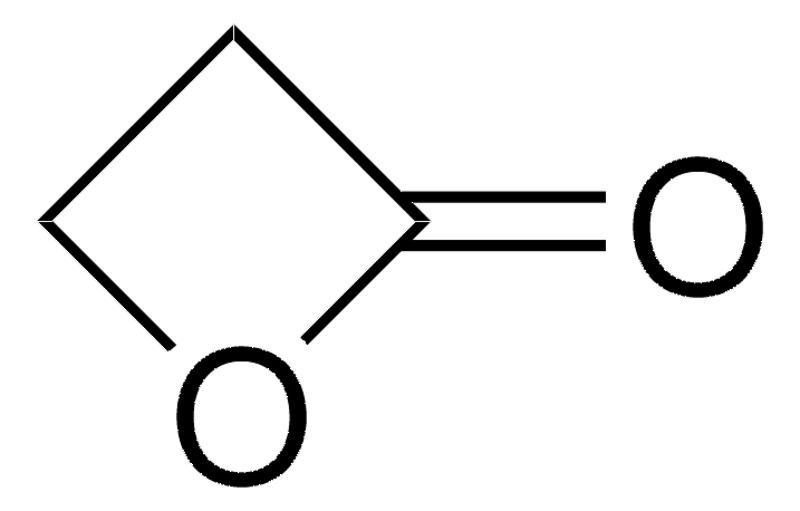
Key Documents
 SDS
SDS
 COO/COA
COO/COA
OMX102
Favorite| Pack Size | SKU | Availability | Price | Quantity |
|---|---|---|---|---|
| 1g | OMX102-1g | In stock | $69.00 |
-
+
|
| 5g | OMX102-5g | In stock | $198.00 |
-
+
|
| 25g | OMX102-25g | In stock | $545.00 |
-
+
|
| Purity | 97% |
| Purity Testing Method | NMR,GC |
| Storage Conditions | −20°C |
| SMILES string | O=C1CCO1 |
| InChI | 1S/C3H4O2/c4-3-1-2-5-3/h1-2H2 |
Primary Applications:
Vaccine Inactivation:
Since 1984, β-propiolactone (BPL) has been officially used as an inactivating agent for rabies vaccines and is now widely applied in various vaccines, including influenza vaccines, COVID-19 vaccines, and veterinary vaccines. BPL offers several advantages, such as rapid inactivation, high retention of immunogenicity, easy hydrolysis without residual toxicity, and mild post-vaccination reactions.
| Comparison of BPL with Formaldehyde (a Traditional Vaccine Inactivating Agent) | |
| BPL | Formaldehyde |
| Completely hydrolyzed within 2 hours at 37°C | Requires over 24 hours at 37–39°C |
| Non-toxic and non-carcinogenic | Residual formaldehyde is carcinogenic and must be removed |
| Reacts with DNA or RNA to inactivate pathogens, without directly modifying proteins—thus preserving high immunogenicity | Denatures both proteins and nucleic acids of microorganisms, leading to pathogen death |
Pharmaceutical Synthesis:
The reactive lactone ring structure of BPL provides versatile strategies in drug synthesis. BPL derivatives play significant roles in the development of antibiotics, antimicrobial agents, anticancer drugs, local anesthetics, and antiviral medications.
Other Applications:
BPL also serves as an intermediate in the production of pharmaceuticals, and as a modifying agent for resins and fibers.
-
Symbol GHS
-
Hazard Code
-
Risk Statements
-
Safety Statements
-
RIDADR
-
WGK Germany
-
RTECS
-
F
-
Hazard Class
-
Packing Group
-
HS Code
-
Toxicity
-
Autoignition Temperature







